
kscarbel2
-
Posts
17,806 -
Joined
-
Days Won
85
Content Type
Profiles
Forums
Gallery
Events
Blogs
BMT Wiki
Collections
Store
Posts posted by kscarbel2
-
-
Renault sold its remaining 6.5 percent stake in Volvo for US$ 1.92 billion in December 2012, an old holding resulting from the failed merger that allowed Volvo to get its hands on Mack.
From that point forward, the Renault truck unit belongs entirely to Volvo. And given the direct and near total overlap between the Renault and Volvo truck ranges, and the fact that today's Renault COEs amount to being rebadged Volvos, you can expect Volvo to shut down Renault when the next cyclical downturn arrives.
-
 1
1
-
-
Mack Trucks Re-enters Intercity Bus Market
October 02, 1985 | The Morning Call
Mack Trucks Inc. of Allentown yesterday announced its re-entry into the intercity bus market with the introduction of the FR-1 motorcoach.
The bus is powered by a Mack “Econodyne” 335-horsepower, six-cylinder diesel engine and driven by a Mack T-200 series five-speed manual transmission or a ZF five-speed automatic transmission. The coaches will be assembled in France by Renault, Mack's minority owner, and sold under the Mack nameplate.
Mack spokesman William D. McCullough said the buses will be assembled in France "in the beginning." He said it was "too early to say," however, if the buses might someday be assembled in the United States.
Mack said the bus is the "Americanized" version of FR-1 which has been made and sold in Europe since last year by Renault. The overseas version also uses Mack engines and transmissions.
The FR-1 will cost between $150,000 and $200,000 and can carry up to 53 passengers. Mack hopes to capture a 10 percent share of the 2,500-unit-a-year American bus market.
McCullough said the company hopes its more than 800 sales,parts and service centers will make Mack buses more attractive in its market.
The Mack bus will compete in the United States against four major bus manufacturers: Motor Coach Industries, Eagle International, Mercedes Benz and Prevost.
Mack started out in 1900 by building the country's first motorized touring coach, according to the company. It stopped building buses in 1960 to concentrate on making heavy-duty trucks.
.
-
 2
2
-
-
- Popular Post
- Popular Post
Mack To Import Buses Made By Renault
May 09, 1985 | The Morning Call
Mack Trucks Inc. will begin importing Renault-made inter-city buses into America this October. John B. Curcio, Mack's president and chief executive officer, made the announcement yesterday at Mack's annual shareholders meeting at Mack World Headquarters in Allentown.
Each bus will carry the Mack nameplate and be powered by a Mack engine and transmission, but will be assembled in France by Renault.
"After 25 years, the Mack name will return to the intercity bus market with the debut of the FR-1 coach," Curcio told the shareholders.
The FR-1 has been sold in Europe since last year by Renault, which imports diesel engines and power trains made by Mack in Hagerstown, Md.
Larger than mass transit buses used in urban areas, Mack's bus will have baggage room and lavatory facilities.
"The FR-1 is the most advanced vehicle of its type in the world, with electronic technology and passenger comfort features that have made true luxury bus and coach travel a cultural phenomenon in Europe," Curcio said.
"Also important is the fact that the FR-1 is powered by our proven, fuel-efficient and durable Mack diesel engine and our new T-200 transmission, with parts and service availability from approximately 800 Mack outlets in North America," Curcio said. Renault, the largest company in France, owns 40 percent of Mack's stock.
Industry sources said Mack hopes to initially sell about 250 buses a year, or 10 percent of the yearly 2,500-unit bus market in America.
The buses, which are expected to cost between $150,000 and $200,000 each, will be sold through Mack's established dealer and distribution organization.
Most of the 2,500 inter-city buses sold in America each year are manufactured by Motor Coach Industries (MCI), a wholly owned subsidiary of Greyhound Corp., or Eagle International, a wholly owned subsidiary of Trailways Inc.
A small share of the market is held by Prevost, a Canadian manufacturer, and Mercedes-Benz of Germany. General Motors stopped making buses about a dozen years ago (Although a leader in transit bus sales, GM discontinued production of inter-city buses in 1980 after having only produced an average of 230 buses annually since 1975).
Mack, which at the turn of this century was manufacturing buses before it made its first truck, had halted all bus production by 1960.
.
-
 3
3
-
- Popular Post
- Popular Post
It is a special pleasure for me today to share with you a very rare and little known segment of Mack history - the Mack FR-1 motorcoach.
Mack Trucks produced 24,188* municipal transit buses, school buses, inter-city coaches and bus chassis from 1900 thru 1960 (* total only includes U.S. domestic production).
From the 1930s to the 1970s, Mack municipal transit buses were a common sight across the United States in nearly every major city. The Mack model BK parlor coaches supplied to Greyhound during the 1930s were the epitome of long distance coaches. Later, Mack’s Sydney, Ohio plant (the former C.D. Beck) produced model 92-G and 97-D inter-city coaches during the 1950s, and the company’s effort culminated with the MV620-D prototype for Greyhound.
Facing a market contraction in 1959 combined with competition willing to sell their buses at minimal profitability (e.g. General Motors), Mack Trucks elected to phase out bus production.
In 1983, Renault introduced the rear-engined FR-1 inter-city motorcoach. It was available in two heights, two lengths (10.6 and 12 meters) and a variety of seating configurations.
(Like other major European bus builders, Renault did not offer any special configurations such as double-decker or underfloor cockpit designs. That market was left to specialized bus builders like Setra and Neoplan)
The FR-1 quickly became the best selling inter-city bus in France.
Following the rapid success that Mack Trucks and Renault were enjoying in the US medium truck market, the two companies during the mid-1980s decided to gauge US market acceptance of the Renault FR-1 motorcoach. After an absence of twenty-five years, Mack once again formed a bus and coach business unit, and promotion of the FR-1 began.
Unlike the European FR-1 which utilized Renault engines and ZF transmissions, the Mack version of the FR-1 was powered by the 335 horsepower version of the company’s E6 engine mated to a Mack Maxitorque T2050A five-speed overdrive transmission
Several demonstrators were built including both two and three axle versions. Twenty-five Mack FR-1 buses were placed in fleets for long-term evaluation. Operators were satisfied with the buses performance, fuel economy and overall operating costs, but American passengers felt the FR-1 lacked the high trim level they were accustomed to on US market coaches.
Mack’s FR-1 demo units were frequently used to carry Mack employees to and from special events.
With European sales continuing to climb and US operators wanting a more luxurious bus, the twenty-five buses were all bought back, shipped to France and converted into European-spec Renault FR-1's.
Cooperation with buses did continue. A Mack version of the Renault PR100 municipal transit bus enjoyed healthy sales down under in Australia with 650 units delivered.
Acting on the demand of the company’s dealer network to get back in the medium duty truck market, Mack made the brilliant decision to cooperate with Renault and market an Americanized “Mack” version of its Berliet/Saviem medium trucks in the US market. Not having produced medium trucks for many years, cooperating with Renault allowed Mack to quickly get back into the medium duty segment with an already proven product.
Testing US market acceptance for a Mack-powered FR-1 was another example of Mack and Renault examining where viable synergies between the two companies could be found and exploited. Looking back, we can see the European style intercity-coach did not mesh with the thought process of American riders. This was respected and the project canceled. But there was not a thing wrong with the FR-1 and its Mack drivetrain.
It’s important to note how Renault understood the value of Mack, the value of the brand and the capabilities of the company. Renault continually assisted Mack and encouraged the company to continue with its self-development. At the same time, Renault looked up to Mack’s engineering expertise, and made use of Mack components (e.g. the Mack-Scania V-8) in Renault commercial trucks (and military vehicles). Most importantly, under Renault, Mack remained Mack.
In contrast, Volvo wasted no time in shutting down Mack and the product Volvo quickly put the brand under the roof of Volvo headquarters in Greensboro, North Carolina and switched the product over to Volvo global components.
-
 4
4
-
I went back and enhanced the quality of the pictures, because this steel hood design for 1988-on CMCAC DM chassis (the primary sales target) is too rare to not see clearly.
-
- Popular Post
- Popular Post
The Mack "C" Series, powered by both Mack in-line six cylinder engines and the Mack-Scania V-8, might not have been a sales success. But that's only because Mack's vast customer base was already completely satisfied with the cheaper Thermodyne-powered "B" Series tractors.
Offering a short-nosed higher power V-8 tractor (for the east coast market) with the spacious and all-around superb "L" Series cab, a combination offering unsurpassed visibility, was arguably a brilliant evolutionary next step during the 1960s period. But the game-changing "B" Series had already won the hearts and minds of truck companies (and their accountants).
.
-
 5
5
-
-
Press Release / January 12, 2014
British transport companies Eddie Stobart and A.W. Jenkinson Forest Products have ordered 1,500 Scania Euro 6 trucks in the largest single order for vehicles to date in the UK.
The order, which will be filled over two years, follows a new joint-procurement agreement between Scania and the two companies. The first such agreement was signed in 2010 and was updated in 2012. Under these previous agreements, Scania has already delivered 2,000 trucks.
William Stobart, Chief Operating Officer at Stobart Group, says, “Our decision to continue taking Scania vehicles is based on their proven record within the Eddie Stobart and A.W. Jenkinson fleets. We saw no reason but to continue this relationship as we enter into Euro 6 production, with the new deal giving us a lot of flexibility going forward."
The Euro 6 emission standard became compulsory for all new trucks in Europe on 31 December 2013. Scania launched its first Euro 6 trucks in 2011 and followed with its second generation of the vehicles in 2013. The company has to date sold 6,500 Euro 6 trucks. Meanwhile, trucks owned by Scania’s own transport company, Scania Transport Laboratory, along with Scania Euro 6 test vehicles operated by customers have covered more than 26 million kilometres.
Scania (Great Britain) Limited, Managing Director Claes Jacobsson says, “It is with great pleasure that we announce this, the third major joint-procurement agreement with Eddie Stobart and A.W. Jenkinson Forest Products. Since signing the first such order four years ago, our UK sales and service teams have worked tirelessly to ensure that we have continued to meet the expectations and demands of these two important operators. I am therefore delighted that Scania has once again been chosen as the preferred brand by both companies.”
The agreement will involve the supply of vehicles with a wide variety of specifications and designed for a wide range of transport applications, including G- and R-series trucks. Repair and maintenance will be handled by Scania’s service network in the UK.
Eddie Stobart, part of Stobart Group, is one of the most recognised and strongest brands in Britain, best known for its iconic green trucks. Today, Eddie Stobart is the name behind a road haulage fleet of 2,500 vehicles. It employs some of the best vehicle utilisation practices in the industry, maximising both efficiency and environmental benefits.
A.W. Jenkinson Forest Products and its subsidiaries handle over 2 million tonnes of green waste, roundwood, chips, sawdust, bark and other timber co-products each year. This is collected from forestry sites, sawmills and other wood processing industries throughout the UK. The company is the largest UK supplier of woodchip and bark products.
Scania is a major supplier to British industry of trucks, buses, coaches and engines for industrial and marine applications. Additionally, the company provides a wide range of complementary and ancillary services in support of its products and customers through its 90-plus-strong network of service centres. In 2013, Scania's share of the UK heavy truck market was 18.1 percent and its combined bus and coach market share amounted to 8.3 percent.-
 2
2
-
-
Today's Trucking / December 6, 2013
MISSISSAUGA, ON — If you could pack 30 to 40 percent more into your trailer, would you? Walmart would. They’re moving ahead with their supercube trailer project, launched in 2012, because they found it lived up to its expectations: it lowers both greenhouse gas emissions and costs.
Special permit in hand, Walmart went ahead and tested its pilot project, a 60-foot, 6-inch-long drop-deck semitrailer pulled by a cabover tractor with a drome box, and found it reduced transportation costs by 24 percent and GHG emissions by 14 percent.
Now Walmart plans to expand its supercube fleet.
“Based on the early success of our pilot project, we hope to begin adding additional supercube trucks to the fleet as early as next spring,” says Michael Buna, senior transportation manager at Walmart Canada.
“We have confirmed that this truck will allow us to deliver the same merchandise using fewer trucks, in less time. This means faster delivery of merchandise to stores, less fuel, lower emissions and lower maintenance costs,” says Andy Ellis, executive vice president, supply chain and logistics at Walmart Canada.
When Ellis revealed the supercube trailer design last year, he unpacked a trailer-full of mixed emotions: some excitement, some concern, some confusion.
“Anything new in the transportation industry is going to cause some degree of inquiry, but getting the supercubes out on the road and getting the public opinion and getting the opinion of the industry is an important part of the process,” Ellis says. “Whether it’s a new truck, product, whatever— the important part is where people are going to see it, touch it, feel it and give us the feedback.”
At the time the supercube was revealed, contributing editor Jim Park said it reminded him of a concept vehicle he drove in the late ‘90s – a three-axle 60-foot semitrailer with a Freightliner Argosy COE tractor.
“It was a handful, especially in tight turns, even with a steerable third axle,” Park said.
But in the last year, Walmart completed 100 deliveries with the new trailer and found reception to be positive.“The original idea was to design a truck that handled and behaved exactly like one with a 53-foot trailer and utilize the space available to deliver more freight to our stores,” Ellis explains. “The feedback we’ve had from our driver is that it handles exactly like a regular truck.”
One common complaint with COEs is that the driver sits directly on top of the engine and its vibrations, but Ellis says none of the drivers who’ve driven the truck complained about that.
Until they were phased out, Walmart almost exclusively used International COE tractors.
They’re currently using a Freightliner Argosy tractor for the supercube pilot project, but say they’re considering other alternatives as well. In the meantime, they’re relying on available used COE tractors and working with various manufacturers to make new COE tractors available in North America – but they aren’t naming any names.
Nor are they talking engines, except to say that the Argosy presently in use has been re-powered with a 2009 diesel, presumably a Detroit. We understand, without confirmation from Walmart, that natural gas power is a strong consideration for future supercube trucks.
If all continues to go well with the pilot project, you’ll see the Walmart Supercubes in all regions across Canada over the next five years, and maybe even in the States – that’s something Walmart is considering.
Supercube Specs:
• Trailer length: 60-foot, 6-inches
• Inside trailer height: 126 inches on the lowest deck, 100 inches on the upper deck
• Interior space: 5,100 cubic feet (53-foot trailer is 3,900 cubic feet)
• 62-inch kingpin setting
• Drome box: 7-foot-long, can carry four skids
• LED lights mounted in the trailer
• End-to-end aerodynamic skirts.
-
-
Mack Parts Distribution Centers – Bridgewater, New Jersey
In 1951, Mack built a modern new 422,000 square foot parts distribution center (PDC) in Bridgewater, New Jersey off of Route 22 to replace the outdated Plainfield PDC. As America entered more deeply into the cold war, the PDC’s chosen location had much to do with our country’s civil defense strategies. To minimize the vulnerability of critical industries in the event of an enemy air attack, Washington was encouraging American companies to locate new facilities away from established industrial centers. Mack Trucks followed the policy and was subsequently praised by the U.S. government’s Industrial Dispersion Task Force for choosing the Bridgewater location, as well as for its convenient proximity to major highways and not being dependent on rail transportation.
In 1966, Bridgewater received a 100,000 square foot expansion and a computerized inventory system was installed.
http://www.bigmacktrucks.com/index.php?/topic/31969-bridgewater/
-
 2
2
-
-
- Popular Post
- Popular Post
Mack Parts Distribution Centers – Plainfield, New Jersey
From 1927, the functions of the New Brunswick PDC were relocated to Plainfield. In those days called a general service parts depot, the Plainfield PDC was located in the former Niles-Bement-Pond Company complex.
The Plainfield PDC was phased out in 1952 with the opening of a vast new 422,000 square foot distribution center in Bridgewater, New Jersey.
-
 3
3
-
Mack Parts Distribution Centers – New Brunswick, New Jersey
Opened in 1920, New Brunswick was Mack Trucks’ first dedicated parts distribution center (PDC). Prior to its opening, spare parts had been handled directly by the Mack and Saurer plants.
Located on New Jersey Avenue, it was the former location of the Wasson Piston Ring Company.
-
Mack Plants – Long Island City, New York
Constructed in 1925, the Long Island City facility was located at the intersection of Anable Avenue and 34th Street. The largest of Mack’s factory branches, the massive complex took up an entire city block.
Originally opened as a factory sales and service center, operations at the company’s Long Island City facility rapidly expanded to include the assembly of Mack’s custom fire truck chassis, and the manufacturing of spare parts for older model Mack trucks.
All Mack truck bodies were built at Long Island City, which included extensive machine, sheet metal, wood working and paint facilities.
Long Island City became the corporate headquarters of Mack Trucks from 1936, indicating the importance of the facility in the Mack world.
During World War II, the final assembly of fire apparatus was transferred from Allentown to Long Island City. Allentown-produced chassis were shipped to Long Island City where custom-built bodies were built and installed (Production gradually shifted back to Allentown from 1951).
Long Island City’s sales and service functions were finally relocated to Mack’s new Maspeth (Queens) factory branch at 58-40 Borden Avenue.
-
 1
1
-
-
Mack Plants – New Brunswick, New Jersey
In 1919, Mack Trucks purchased Wright-Martin Aircraft Corporation’s engine plant in New Brunswick. The plant produced steering gears, transmissions, driveshafts and dual reduction drive axle carriers. In addition, the location’s foundry produced iron, bronze and aluminum castings.
Most of New Brunswick’s production was relocated to the newly expanded Plainfield plant in 1950.
.
-
 2
2
-
-
Mack Plants – New York City, New York
The purchase of the Hewitt Motor Company in 1912 by the International Motor Company (the holding company of Mack Brothers Motor Car Company) resulted in the acquisition of Hewitt’s large plant located at West End Avenue and 64th Street in Manhattan. Hewitt trucks and Arco radiators (a subsidiary of the International Motor Company) were produced there, as well as Alco truck spare parts under contract for the American Locomotive Company (which had discontinued truck production in 1913)
In 1913, the facility was enlarged to 200,000 square feet, with a garage capacity of 350 trucks, to serve as a factory service center.
By 1914, both the corporate headquarters of the International Motor Company and Mack R&D center were located within the massive complex.
The facility also acted as a parts distribution center (PDC) until 1920, with the opening of the New Brunswick, New Jersey, PDC.
By the early 1930s, the factory service center had fully shifted to Mack’s massive Long Island City location, and the company’s corporate headquarters had moved downtown to the Cunard Building on lower Broadway (before relocating to the Long Island City plant in 1936, The Empire State Building in 1943, Plainfield, New Jersey in 1955, Montvale, New Jersey in 1964 and Allentown, Pennsylvania in 1965).
Note: Legendary Mack chief engineer and vice president Alfred Fellows Masury was one of the founders of the Hewitt Motor Company
-
 2
2
-
-
- Popular Post
- Popular Post
Mack Plants – Plainfield, New Jersey
The purchase of the Saurer Motor Company in 1911 by the International Motor Company (the holding company of Mack Brothers Motor Car Company) resulted in the acquisition of Saurer’s plant in Plainfield, New Jersey.
The forerunner of Mack’s Hagerstown plant, Plainfield was a major production location that included assembly of AC engines, and was constantly under expansion from 1912 thru 1948.
In 1926, the Mack rail car department was relocated from Allentown to a newly purchased plant in Plainfield where the production of gas-electric rail cars took place.
The Mack Electronics Division, the result of the company’s 1955 acquisition of Radio Sonic Corporation and White Industries, was also based at Plainfield. This is not to be confused with the Mack Research Division, which from the 1940s, in addition to chemical, metallurgical and other testing facilities, included a special electronics laboratory for the design and manufacturer of most electrical testing equipment used by the company.
In 1961, Plainfield was retired with the opening of the new Hagerstown plant in Western Maryland.
.
-
 4
4
-
- Popular Post
- Popular Post
Mack World Headquarters
Mack Trucks, Inc.,
2100 Mack Boulevard
Allentown, Pennsylvania
“The Truck Capital of the World”
Construction on Mack World Headquarters in Allentown began in 1967 and was completed in 1969. Officially opened in the spring of 1970, Mack World Headquarters forever became a symbol of the company.
-
 6
6
-
- Popular Post
-
-
- Popular Post
- Popular Post
-
-
- Popular Post
-


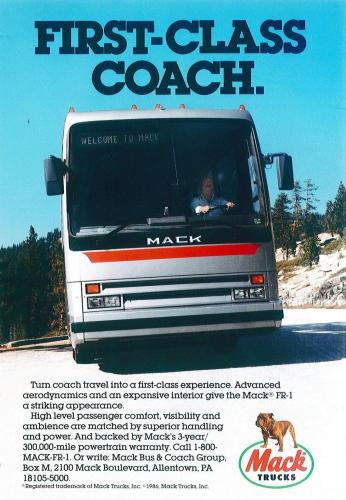
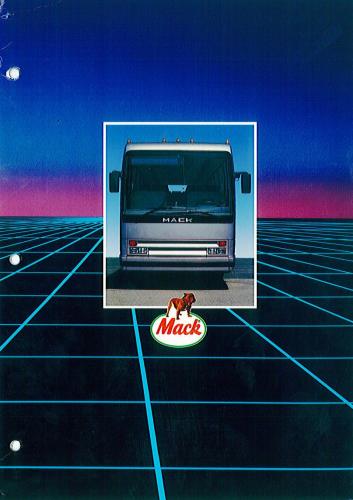
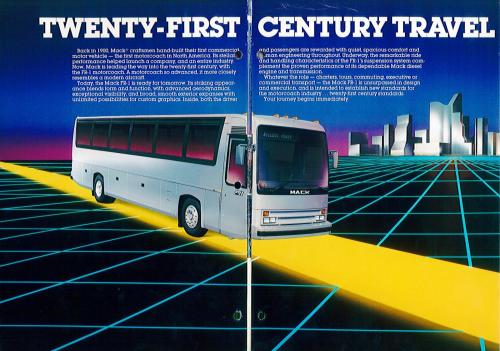
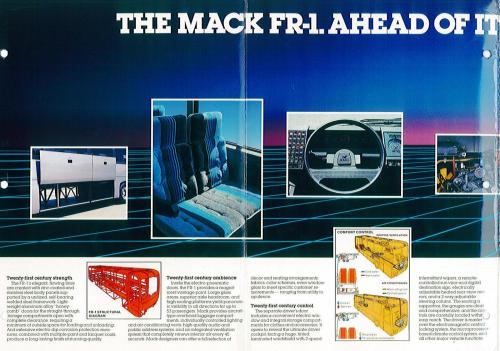
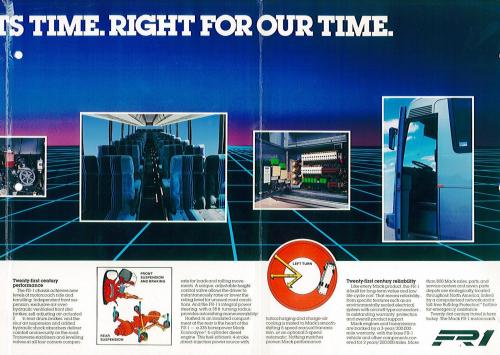
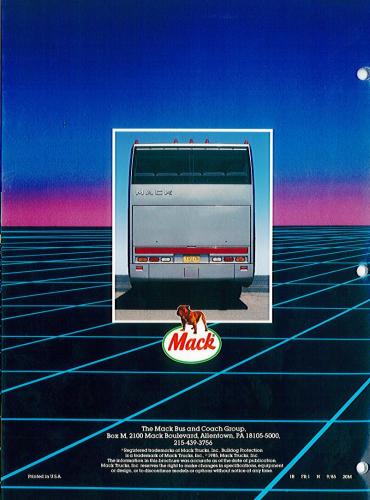
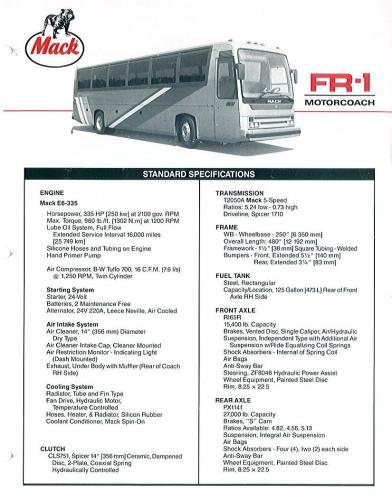
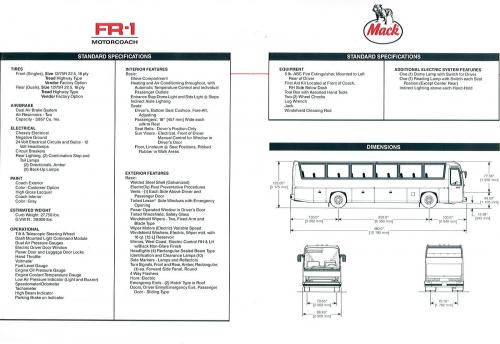
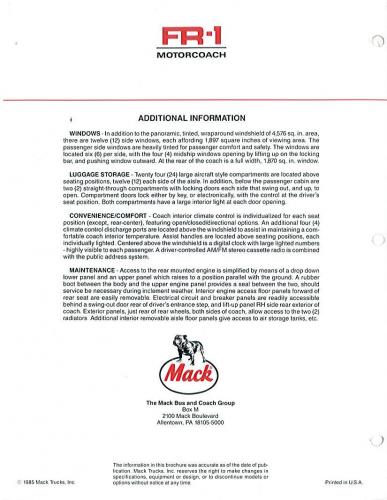
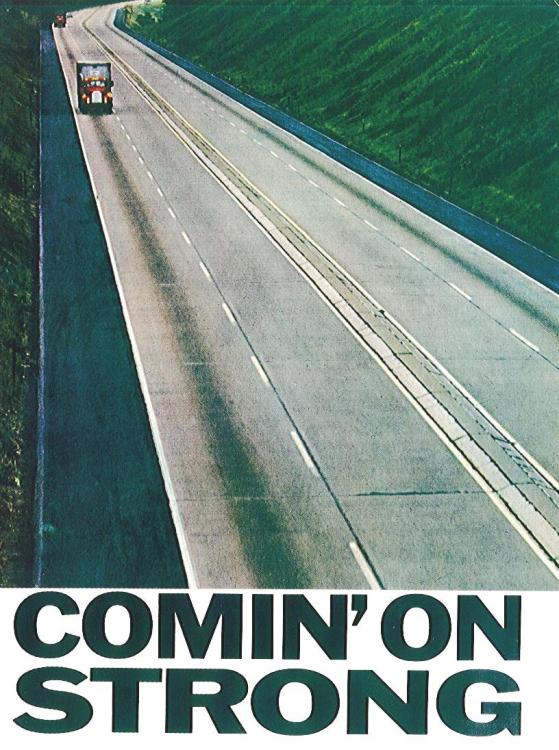
.thumb.jpg.3b4a4bc077dbc8cbfbc1e9b5ddbb6116.jpg)
.thumb.jpg.554b6666c6741bdc1dcefbe01bede442.jpg)
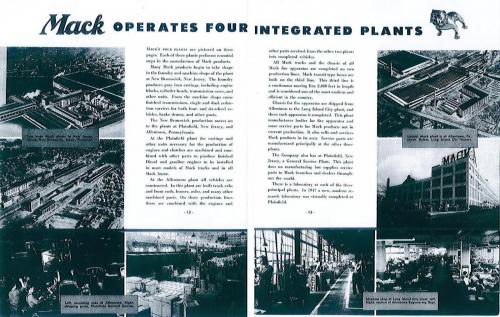
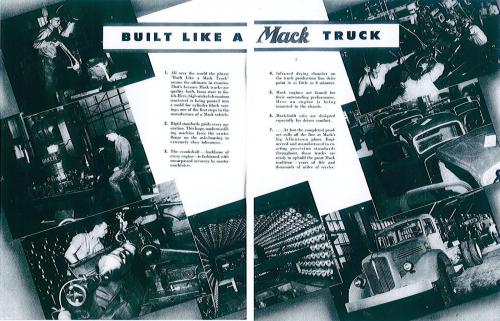
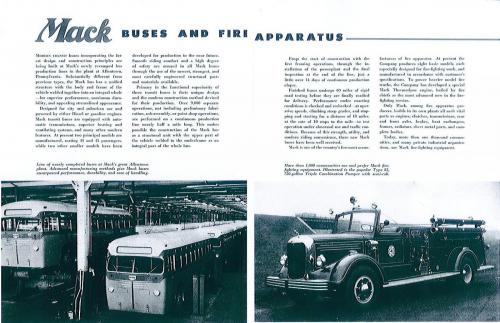
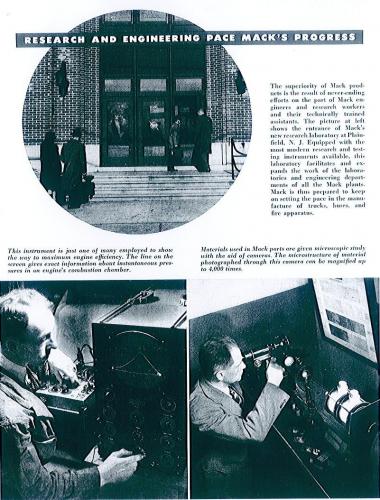
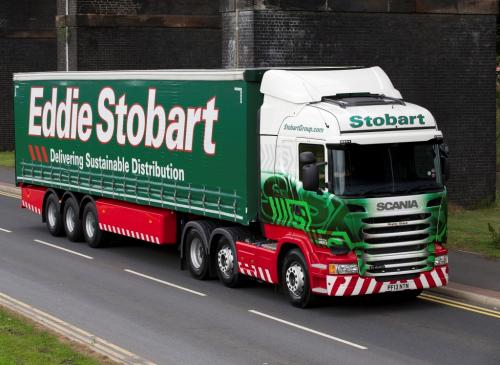
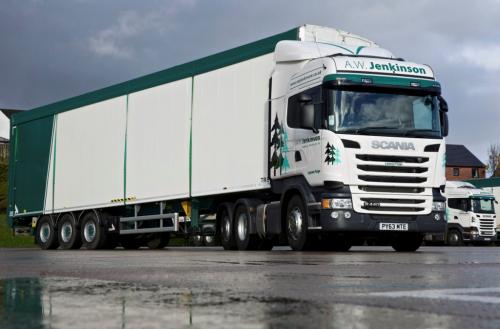
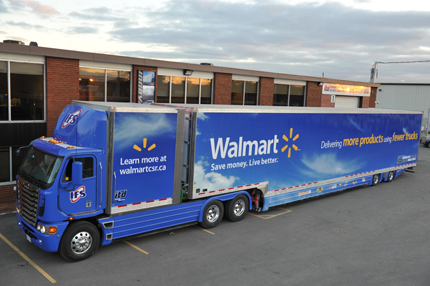
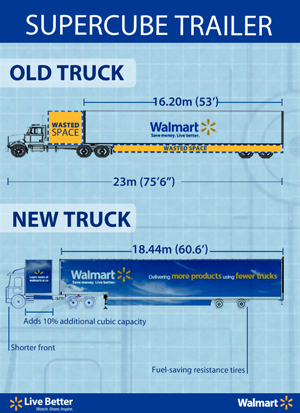
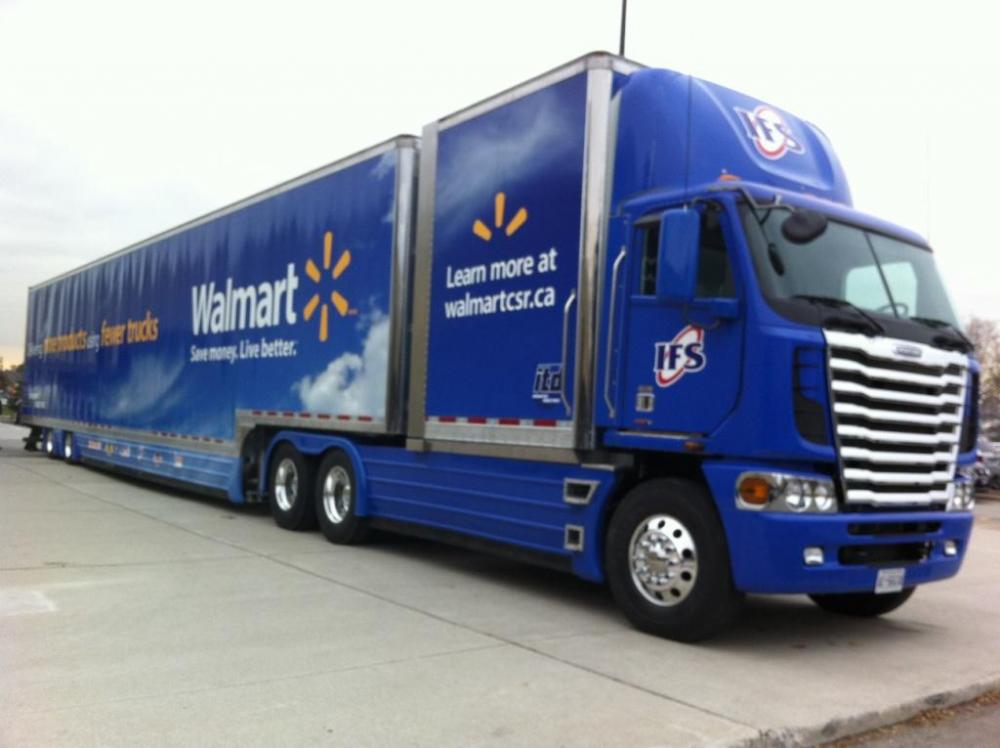
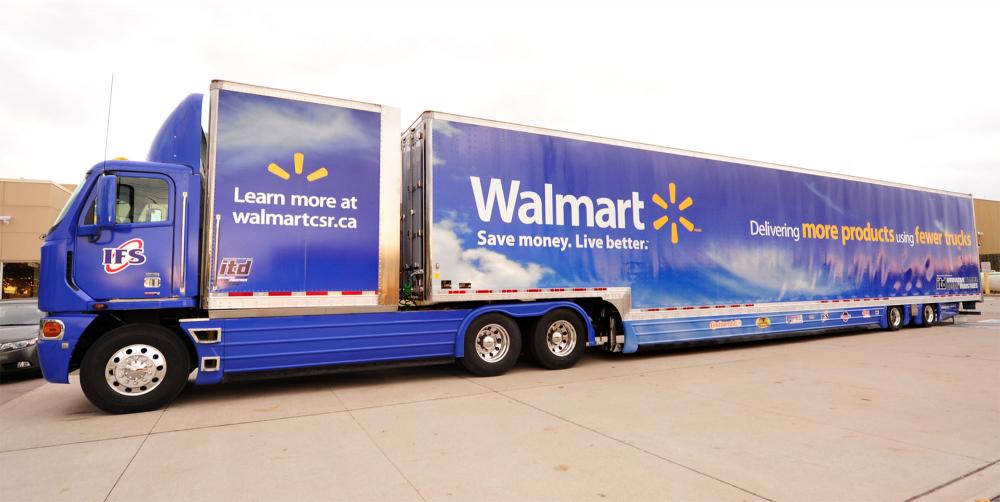
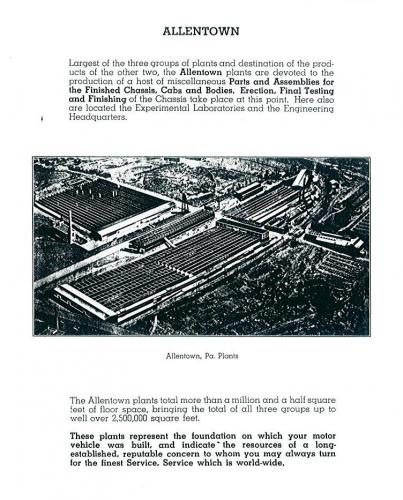
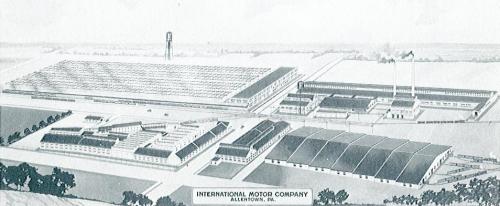
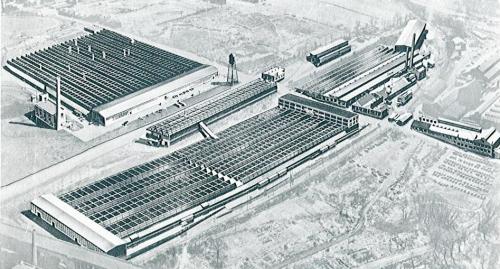
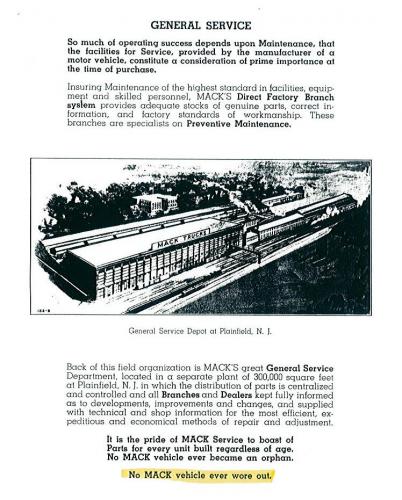
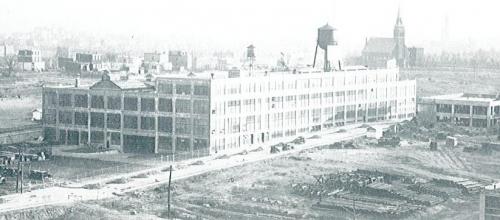
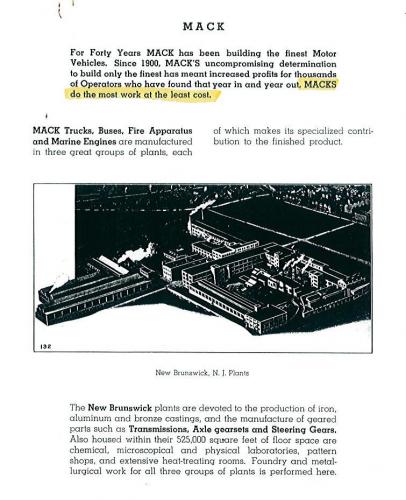
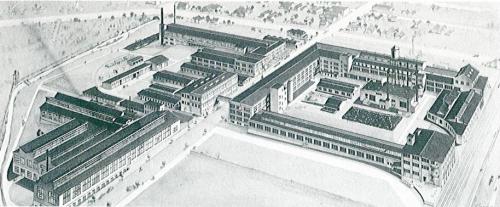
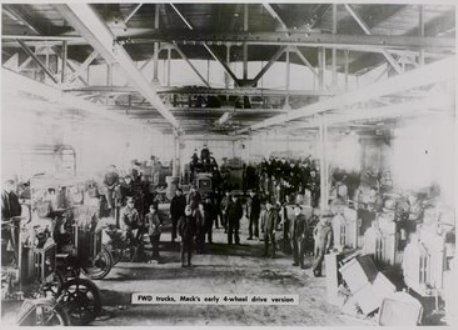
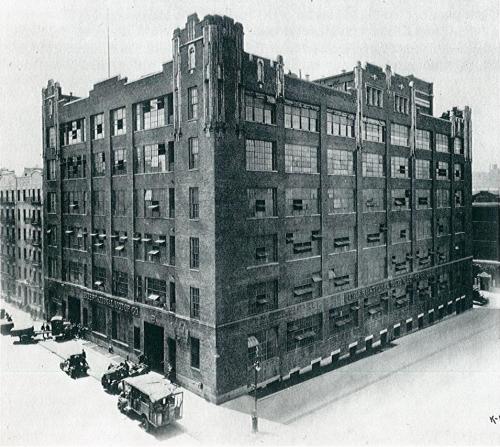
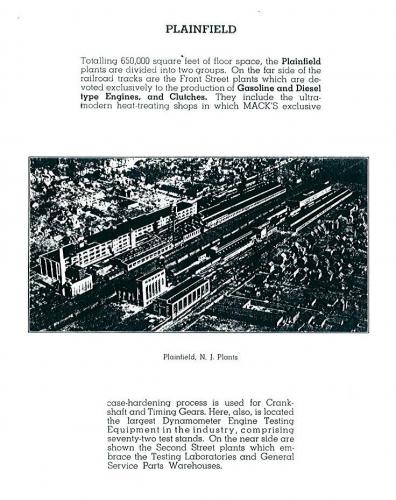
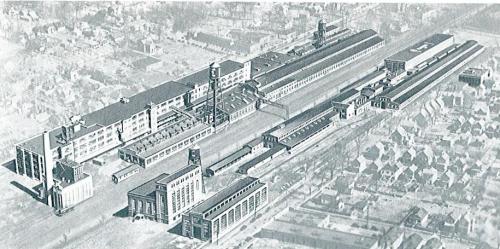
baseballteam(1930).png.fe1e0dd79be357b3048ced92f430fe2d.png)
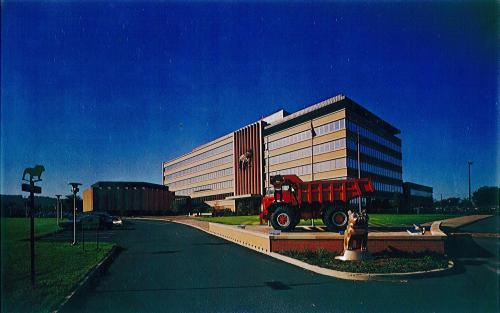
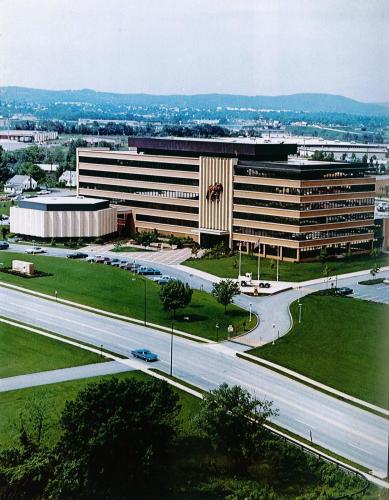
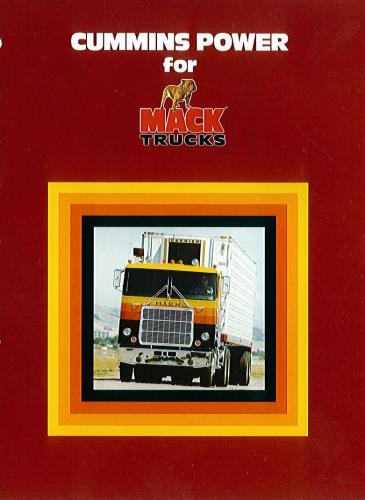
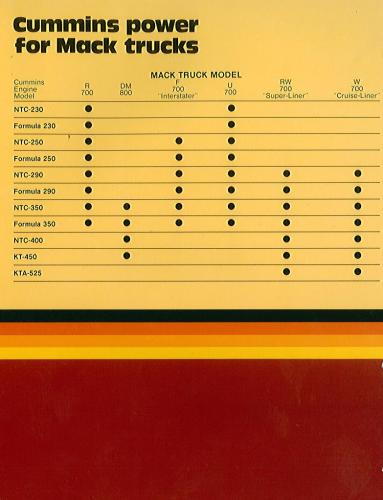
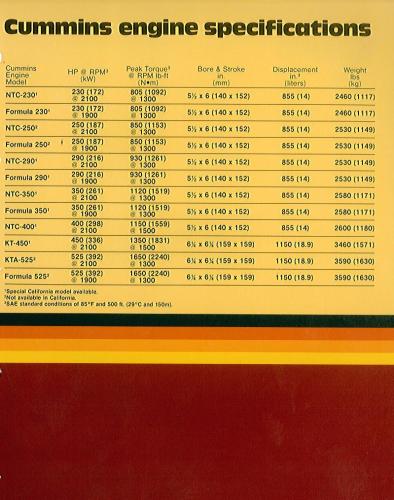
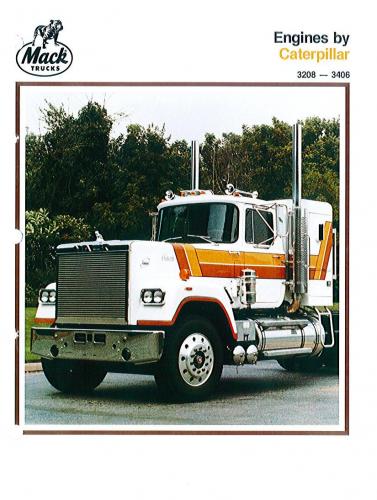
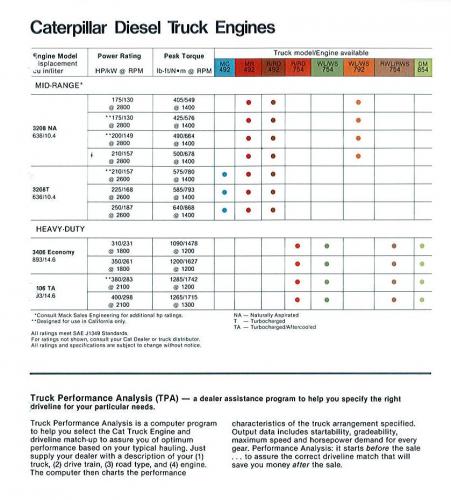
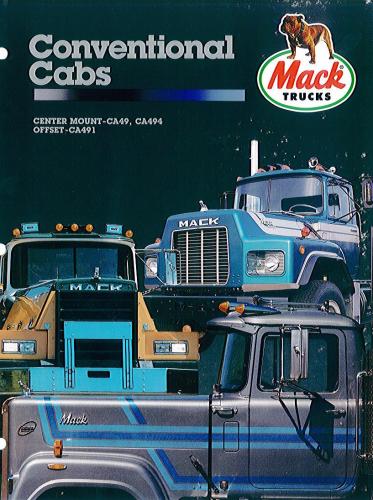
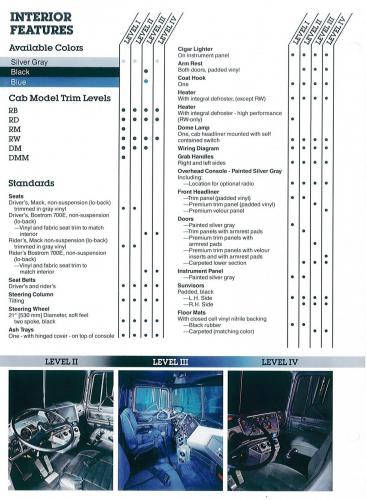
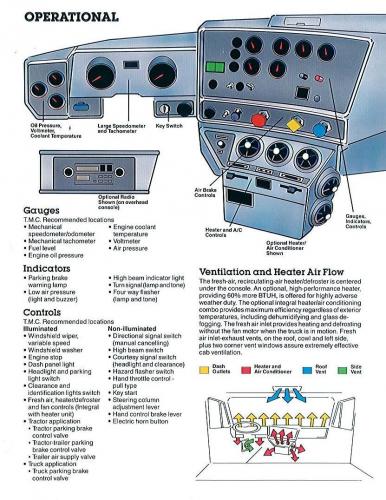
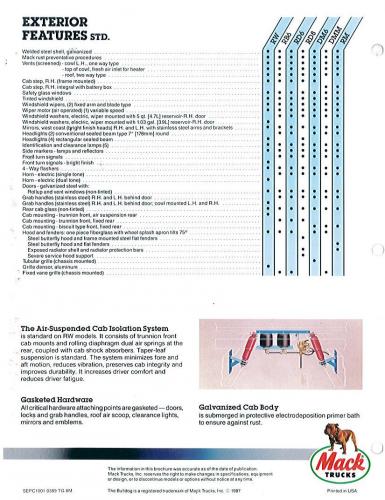
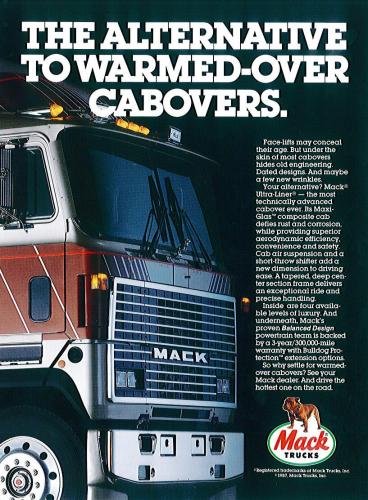
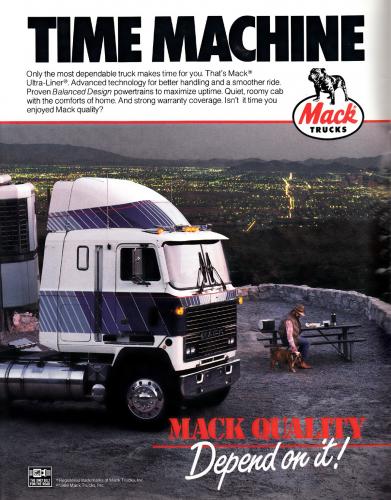
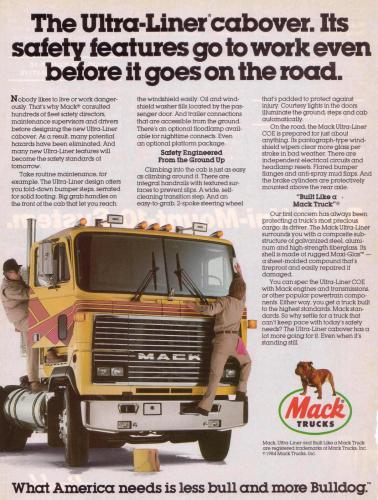
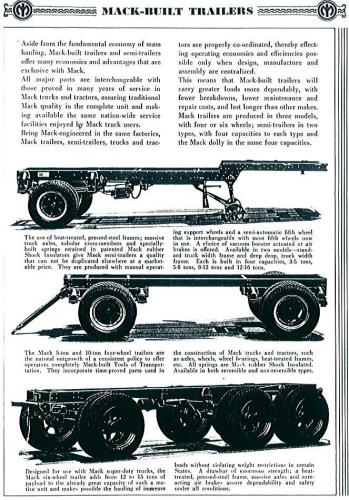
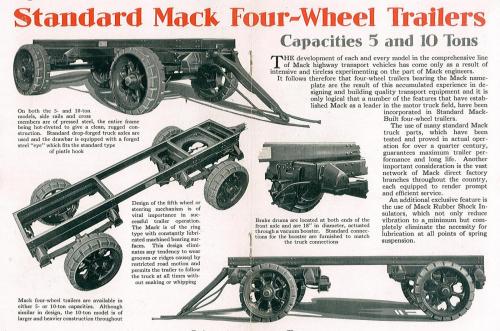
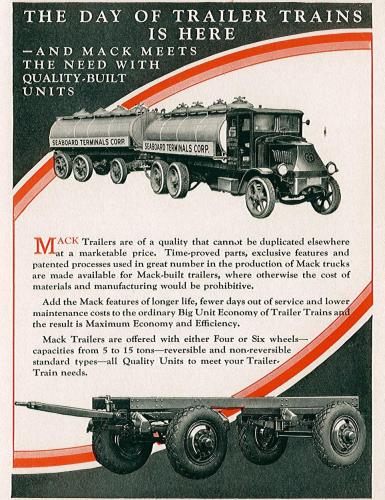
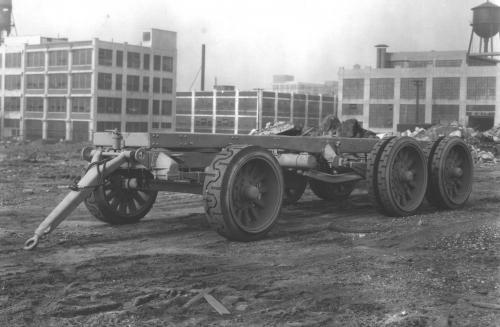
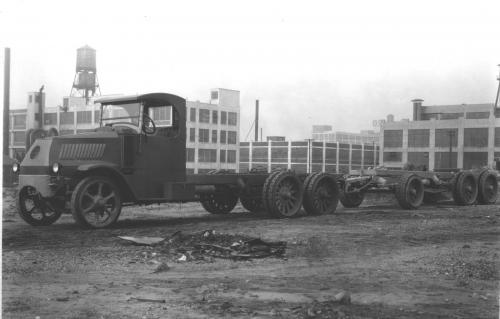
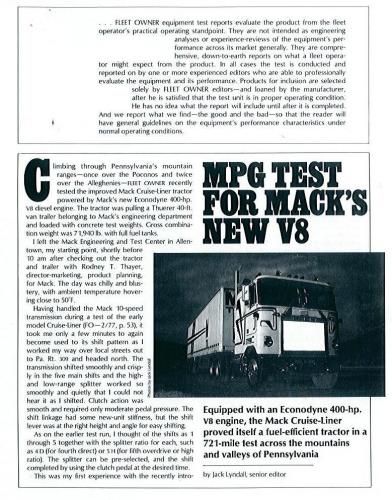
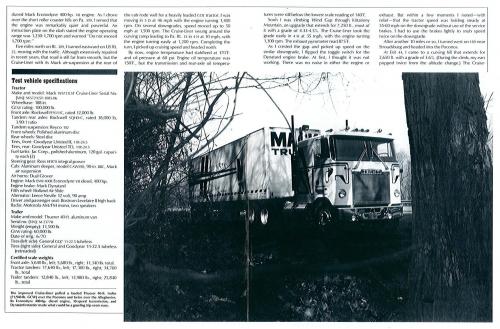
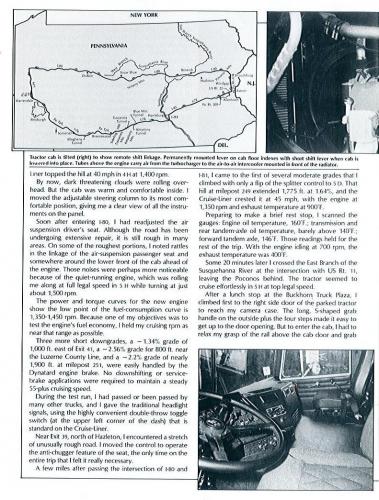
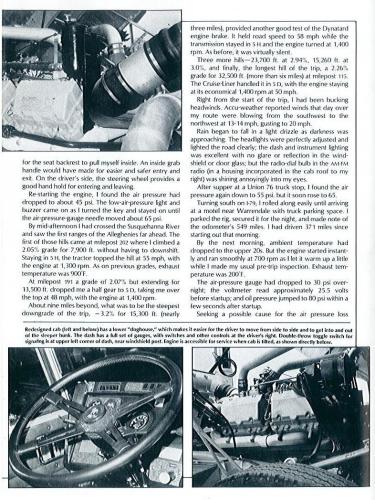
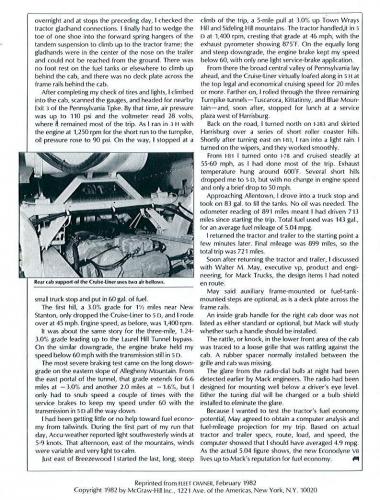

Navistar Makes LED Headlights Standard on ProStars
in Trucking News
Posted
Transport Topics / January 21, 2014
Navistar International Corp. said headlights that use light-emitting diodes are now standard features on all International ProStar trucks.
“LED headlamps offer significantly longer life over traditional halogen lamps while also emitting a more natural light that improves visibility for the driver,” Steve Gilligan, vice president for product planning and information at Navistar, said in a Jan. 21 statement. “LED lights have been an option on the International ProStar for several months and we are excited about making the solution standard equipment on our ProStar model.”
The headlights are manufactured by Truck-Lite Co.
LEDs are now standard in most of the exterior lights on the ProStar, which is a Class 8 on-highway truck, Navistar said. In addition to the longer life and improved visibility, LEDs use less power than halogens, which allows more power for other components and lowers maintenance costs, the truck maker said.
http://www.ttnews.com/articles/basetemplate.aspx?storyid=33963&t=Navistar-Makes-LED-Headlights-Standard-on-ProStars